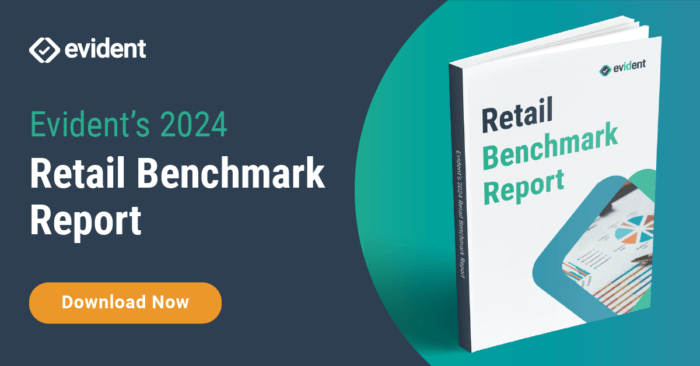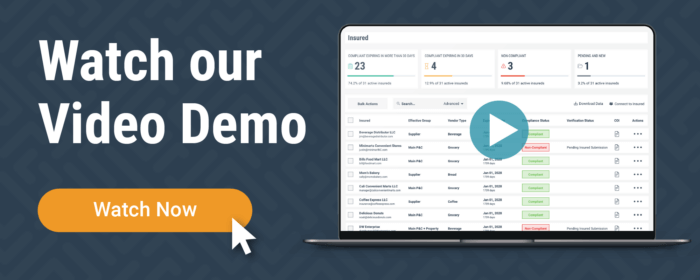Risk Management in the Retail Supply Chain: Tips and Tricks
November 27, 2023
The food and beverage industry, with its rich diversity and global impact, is undeniably one of the largest sectors worldwide. And it’s crucial to address the looming risks that can jeopardize the financial health and reputation of businesses within this industry.
In this blog post, we’ll delve into the often-underestimated realms of product contamination and recall, exploring the alarming frequency and severity of these events and providing actionable insights to bolster risk management strategies.
The Rising Tide of Product Recalls:
The Sedgwick brand protection Recall Index for 2023 delivered stark revelations:
- FDA food recalls experienced a staggering 700.6% increase in the number of units impacted in 2022
- The average recall size catapulted from 125,796 units in 2021 to a staggering 985,658 units in 2022. This surge in recall events (363 in total) signifies a 32.5% increase compared to the previous year.
The costs associated with product recalls extend far beyond the immediate act of pulling items off the shelves. It encompasses reverse logistics, inventory testing, storage, lost sales, and brand rehabilitation.
According to a 2012 joint study by the Food Marketing Institute and the Grocery Manufacturers Association, the average cost of a recall to a food company is a substantial $10 million in direct costs, excluding brand damage and lost sales.
Underinsurance in the Food and Beverage Industry
Despite the immense financial impact of product recalls the food and beverage industry faces a critical issue: underinsurance.
The first-party costs associated with large-scale recalls often surpass the coverage provided by standard general and product liability insurance. The 24/7 news cycle, amplified by social media, accelerates the fallout from contamination events, emphasizing the need for comprehensive coverage.
The market for product contamination and recall insurance is relatively small, estimated at $300 million to $600 million in capacity.
This suggests that companies are buying only a fraction of the coverage needed for an exposure that is significantly larger than their insurance currently addresses.
Directors and Officers Liability Exposure:
Under insurance not only impacts a company’s financial resilience but also exposes directors and officers to increased liability.
In the aftermath of a contamination or recall event, directors and officers may face lawsuits from various stakeholders.
Without adequate insurance, they become susceptible to personal liability, regulatory investigations, and sanctions.
Tips and Tricks for Retail Risk Managers:
Comprehensive Risk Assessment:
- Conduct a thorough risk assessment to identify vulnerabilities in your product categories.
- Regularly update this assessment based on industry changes and emerging risks.
Supplier Relationship Management:
- Establish transparent relationships with suppliers, emphasizing quality control and compliance.
- Regularly assess supplier practices and standards to reduce the likelihood of receiving faulty or non-compliant products.
Optimized Insurance Coverage:
- Regularly review and update general liability insurance coverage.
- Ensure it includes comprehensive product liability coverage, especially for high-risk product categories.
Continuous Monitoring and Visibility:
- Implement real-time monitoring systems to track product movement and conditions throughout the supply chain.
Data Analytics for Predictive Insights:
- Utilize data analytics to predict and prevent potential risks associated with vendors.
Comprehensive Record Keeping:
- Maintain detailed records of insurance information, risk assessments, compliance checks, and incident reports.
- Keep documents secure and up-to-date for reference and auditing purposes.
In a landscape where risks are as diverse as the products themselves, proactive risk management, comprehensive insurance coverage, and strategic risk mitigation stand as the pillars that can safeguard the financial health and reputation of businesses in the food and beverage industry.

